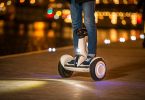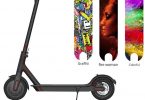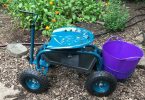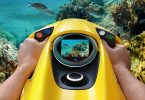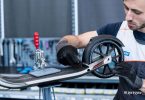My name is Phillip Gray and I love going outdoors riding on skates and scooters. I work as a graphic designer and I love creativity. This is why I appreciate the different creative scooter’s designs. I’ve been riding on kick scooters ever since I was 5 and one of my early scooters had grown-up together with me.
Why You Should Use Both of Your Legs Alternately When Riding a Scooter
Did you know that scooters are becoming popular as a mode of transportation for both adults and children? If you ride a scooter on a regular basis be it to work or school, then you probably already know how quickly your strong leg gets tired. Therefore, using both legs alternately is one of the techniques to avoid overworking your kick-off leg. Many people who use scooters have no idea what foot to use and always end up tiring their strong foot.
This rising guide is applicable for riders of all ages but we will focus more on children as it is necessary to teach them how to properly ride on scooters.
Psychomotricity in children is an essential part of their development. However, be sure right away: this is normal and natural and you can help by making life easier for them. To characterize the phenomenon of lateralization in children, one will rely in particular on the choice that he will make to one or the other of his feet. This is called the motor foot (strong foot). Similar to hands, a person can be left-footed or right-footed. In boxing, they call it stance: orthodox for right-handed, and southpaw for left-handed. When riding on a scooter, although right-footed people will always use their motor foot, using the left foot is also necessary and vice versa.
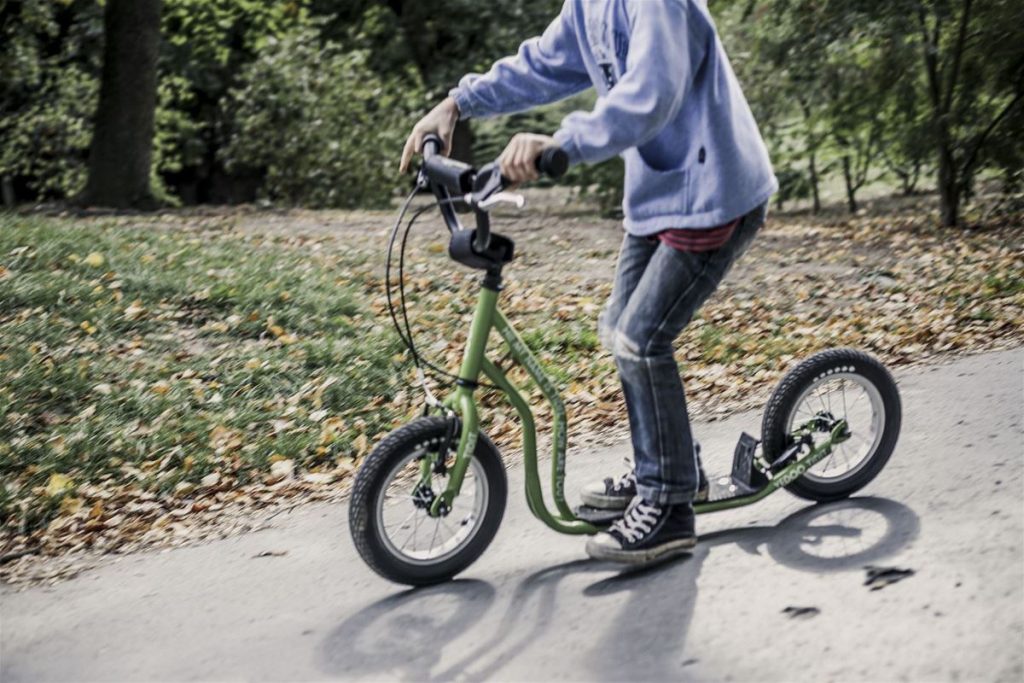
The motor foot: what is it?
As we have just said, the motor foot is the leg with which your or your child will support using a scooter, for example. The choice is made naturally but it is necessary to help him in this one, keeping in mind some very practical advice.
Once his support leg is identified (the one that has weaker power), this will allow him to be much more stable and to assume a lasting balance.
What can be done to guide the child?
The ideal is above all to provide him with a three-wheeled scooter, advised by psychometricians. This type of model is perfectly suited to the evolution and follow-up of the child during the formation of his balance.
In addition, to speed up your child’s decision to choose his motor foot, you can use a few specific methods:
- The first is to get your child on one leg and jump in the air. Generally, the foot he instinctively chooses to jump will be his support leg. This is not always the case, as certain factors may hinder his choice. So don’t hesitate to have him repeat this exercise several times over several days, just to be sure.
- The second way to do this is to put a ball in front of your child and ask him to shoot in it. The leg opposite to the one with which he will tap the ball will be his motor leg. In other words, the foot that has remained on the ground and with which it will lean.
- The third and final way to raise awareness of his reflexes. The goal is to position your child perfectly straight and feet apart on the width of his pelvis. Gently push it forward and see which leg it catches up with. This method is very effective because it is based on the pure reflex and makes it possible to identify for sure its motor foot.
When to offer him a two-wheel scooter?
Once your child has trained sufficiently and developed his main leg support, it will be time for him to take the next step. The ideal is to follow its evolution by moving it to a scooter model with 2 wheels, not more than 3.
In this way, he will be forced to increase his level of balance again and use his motor leg correctly, so as not to fall.
Once your child is totally comfortable with the 3-wheeled ride, don’t hesitate to alternate little by little with a 2-wheel scooter, and then switch it completely to these types of models. This is how he will learn and improve his physical skills very quickly.
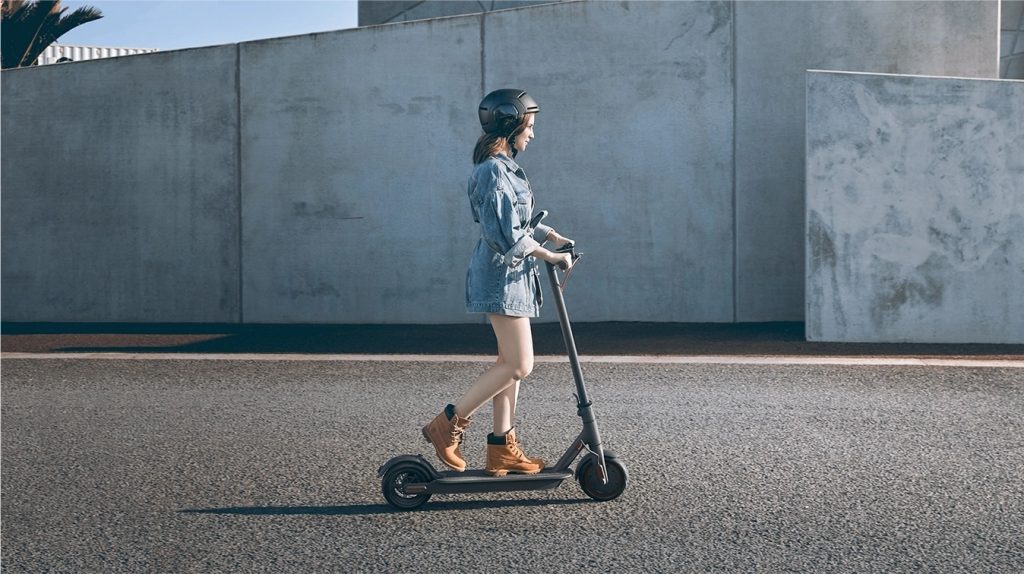
How about teens and adults who ride long distances every day?
So which leg do you always use to kick? To avoid tiring your power leg, the proper way to ride and maintain your endurance is to use your support leg from time to time especially during descent when there is a need for minimal force to push yourself. In this case, your power leg could rest while the support leg is doing the job. If you are right-legged, do it when you need powerful pushes and use the left when not much force is needed. Do otherwise if you are left-legged.
Scooters are totally controlled by feet. Before riding, preparation is needed especially for long rides. Stretching is one way to prepare your feet.
If you ride a scooter for hours, you need to know that changing your legs is extremely important. Many people who do not stick to this rule always complain of leg pain: just one leg of course. This is what happens when you do not rotate your legs. It’s called the distribution of labor! It might be uncomfortable the first time you do it but when your legs are becoming used to it, your whole body will be more comfortable and you can avoid that usual leg pain.
Here’s what happens if you use only one leg to always kick and push.
- Your power leg will be tired of kicking and pushing and it will become bigger due to continuous workout.
- Your support leg will get tired as well because it is always holding the total weight of your body.
- You might experience hip ad/or lower back pain because you are not changing your body position for a long time and your body weight is supported only by one leg. This means that your lower extremities will experience uneven weight.
- Your arms will be affected as well. If you are right-legged and always use right to kick and push, your left hand will be tired trying to support the left side of the scooter. The same can happen if you are left-legged, the right hand will have the full weight of your lower body force.
It sounds difficult to use both legs for the first time but with training and practice, you will get used to it.

